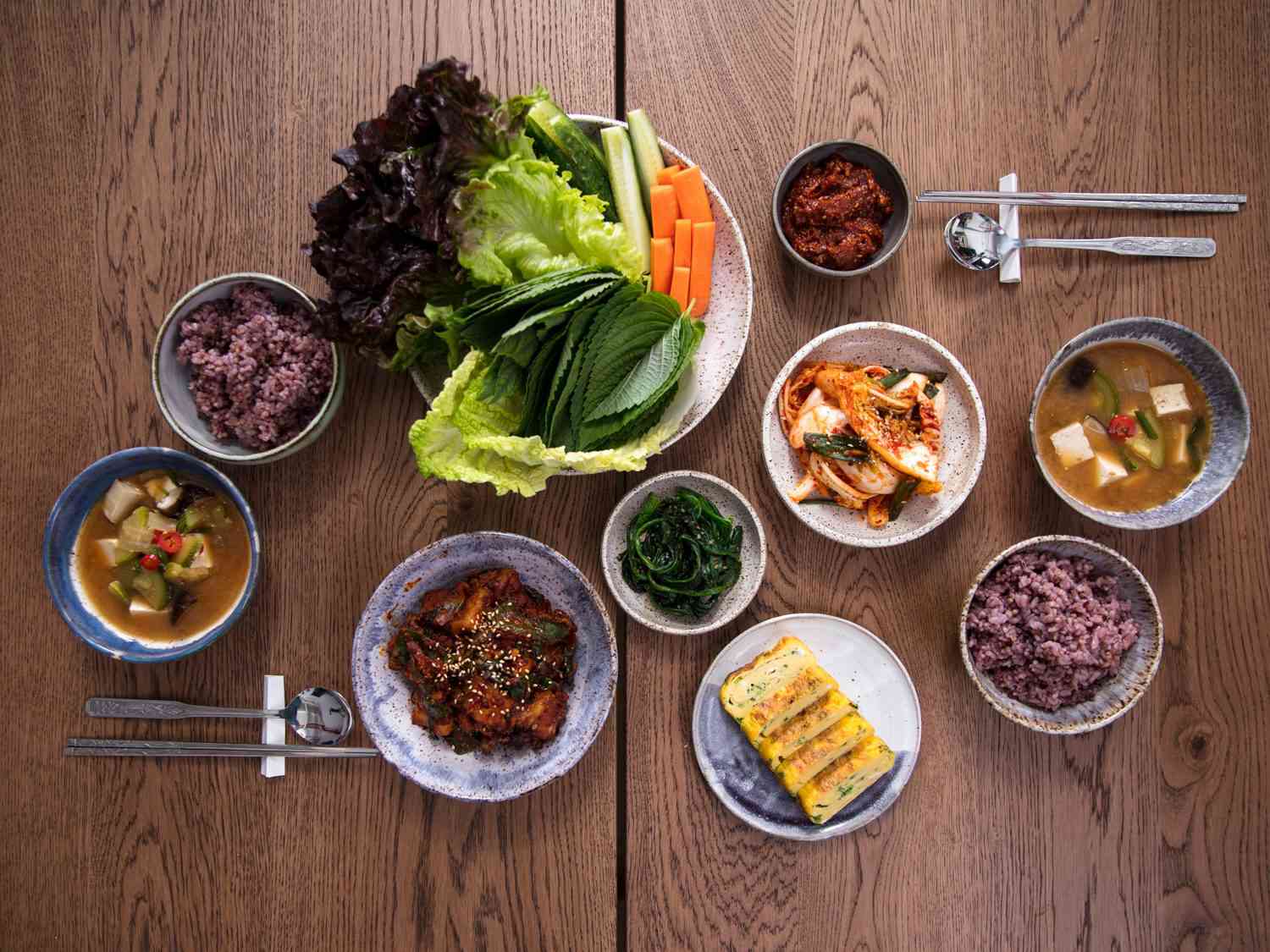Japanese sushi and Korean kimchi are two popular Asian delicacies that have gained worldwide fame for their unique flavors and health benefits. Sushi is made with seasoned rice and seafood or vegetables, while kimchi is a fermented dish made with cabbage, radish, or cucumber and spices. Sushi has mild and subtle flavors, while kimchi is spicy and tangy. Sushi is rich in omega-3 fatty acids, vitamins, and minerals, while kimchi contains beneficial bacteria that improve digestive health. Both dishes are low in calories and fat. Sushi has many variations, and kimchi’s recipe varies according to the vegetables used.
Japanese Sushi vs. Korean Kimchi: A Foodie’s Guide to Contrasting Delicacies
Introduction
Food is a universal language that connects people from different parts of the world. Every culture has its authentic delicacies that are unique in taste and flavors. In this article, we will compare two Asian delicacies, Japanese Sushi and Korean Kimchi, that have taken the world by storm. Both are famous for their flavors, and people love them all around the globe.
Origins
Sushi originated in Japan in the 8th century, and since then, it has become famous worldwide due to its unique flavors and taste. On the other hand, Kimchi originates from Korea as an ancient fermented dish that served as a staple food. It dates back to the Koryo Dynasty in the 11th century.
Preparation
Sushi is a combination of cooked rice seasoned with vinegar, sugar, and salt. It is served with raw or cooked seafood, vegetables, and sometimes fruit. The ingredients are carefully selected, and the sushi chef uses a special technique to slice and prepare the ingredients. Kimchi, on the other hand, is prepared by fermenting Napa cabbage, radish, or cucumber, with spices and seasonings such as chili powder, garlic, and ginger. The fermentation process can take weeks, depending on the ingredients used.
Taste
Sushi’s taste varies according to the ingredients used, and it can be salty, sweet, sour or a combination of all. The flavors are mild and subtle, and it is served with soy sauce and wasabi, which gives it a unique flavor. Kimchi, on the other hand, has a spicy and tangy taste due to the fermentation process. It has a pungent odor, which is an acquired taste for some people.
Health Benefits
Sushi is made with fresh ingredients, which are rich in omega-3 fatty acids, vitamins, and minerals. The rice used in the sushi is a good source of carbohydrates, and the vegetables used are rich in fiber. Sushi has fewer calories and fat, and it is an excellent source of protein. Kimchi, on the other hand, is a probiotic food that contains beneficial bacteria that improve digestive health. It is also low in calories and fat and is rich in vitamins and minerals.
Variations
Sushi has many variations that are influenced by regional differences, and the ingredients used. Some of the famous sushi variations include Nigiri sushi, Maki sushi, and Chirashi sushi. Kimchi, on the other hand, has different variations, and the recipe varies according to the vegetables used. Some of the famous Kimchi variations include Baechu Kimchi, Kkakdugi, and Nabak Kimchi.
Conclusion
In conclusion, Japanese Sushi and Korean Kimchi are two delicious and contrasting delicacies that have become famous worldwide due to their unique flavors and health benefits. Sushi is a favorite of many seafood lovers, and Kimchi is a staple in Korean cuisine. Both are rich in vitamins and minerals and are low in calories and fat. However, if you love mild and subtle flavors, go for sushi, and if you enjoy spicy and tangy flavors, then Kimchi would be your choice. Try them both and let your taste buds be the judge.
